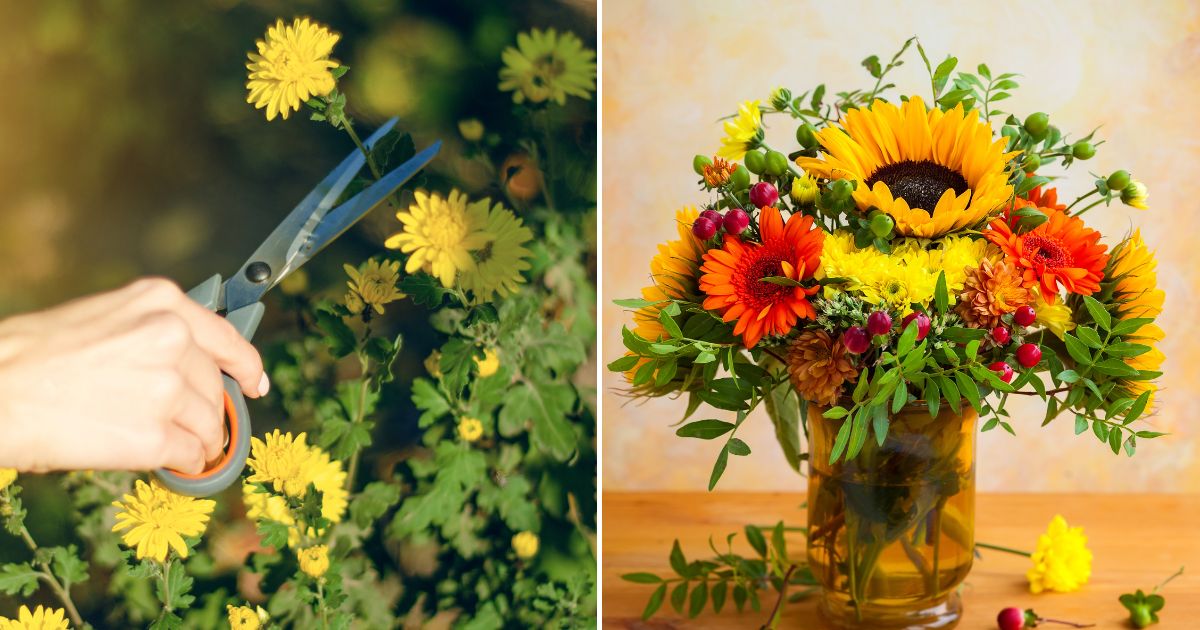Growing a successful cut flower garden requires knowledge, care, and a bit of creativity. Whether you’re a budding gardener or have a seasoned green thumb, there are always new techniques to learn.
Here, we’ll explore ten secrets that can help you cultivate a garden full of vibrant, blossoming cut flowers.
1. Choose the Right Location
Selecting the perfect location for your cut flower garden is crucial. Look for a spot that gets at least six hours of sunlight a day.
The soil should be well-drained but capable of retaining moisture. Consider the local climate and choose a location that provides some natural protection from harsh winds. This will give your flowers the best chance to thrive.
2. Prepare Your Soil
Before planting, preparing your soil is essential. Use a garden fork to loosen the earth, and incorporate organic matter like compost or aged manure.
A pH test can help you understand your soil’s needs, allowing you to amend it with lime or sulfur to create the perfect growing environment. Prepared soil is the foundation of a flourishing garden.
3. Select Suitable Flowers
Choosing flowers that are well-suited to your local climate and soil type is key. Consider both perennial and annual varieties to ensure continuous blooms.
Research the specific needs of each flower type, including sunlight, watering, and spacing, to ensure compatibility in your garden. A diverse selection will encourage a lively and colorful garden.
4. Understand Planting Seasons
Knowing when to plant your flowers is crucial for success. Research your local planting seasons and frost dates.
Some flowers need to be planted in the spring, while others may do better if started in the fall. Timing your planting according to the seasons will give your flowers the best chance to grow and bloom.
5. Practice Proper Watering Techniques
Watering is an art. Too much or too little can harm your flowers. Early morning is the best time to water, reducing evaporation and fungal diseases.
A drip irrigation system or soaker hoses can provide consistent moisture without overwatering. Adjust your watering habits according to weather conditions to keep your garden lush and vibrant.
6. Fertilize Wisely
Fertilizing can enhance growth and blooms, but must be done wisely. Use organic fertilizers to boost soil health without harming the environment.
Pay attention to the specific nutrient needs of your flowers. Over-fertilizing can lead to lush foliage with few blooms, so strike a balance by following recommended guidelines for your specific flower types.
7. Implement Pest Control
Pests can be a major concern in a flower garden. Learn to identify common pests in your area and monitor your plants closely.
Utilize organic pest control methods such as neem oil, insecticidal soap, or companion planting to keep harmful insects at bay without using harsh chemicals. Early intervention can prevent infestations from becoming unmanageable.
8. Mulch for Moisture Retention
Mulching can help retain soil moisture and suppress weeds. Choose organic mulch like straw, wood chips, or shredded leaves.








